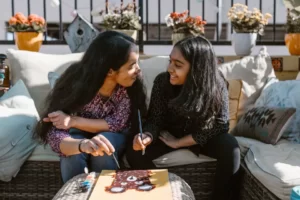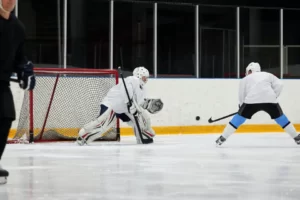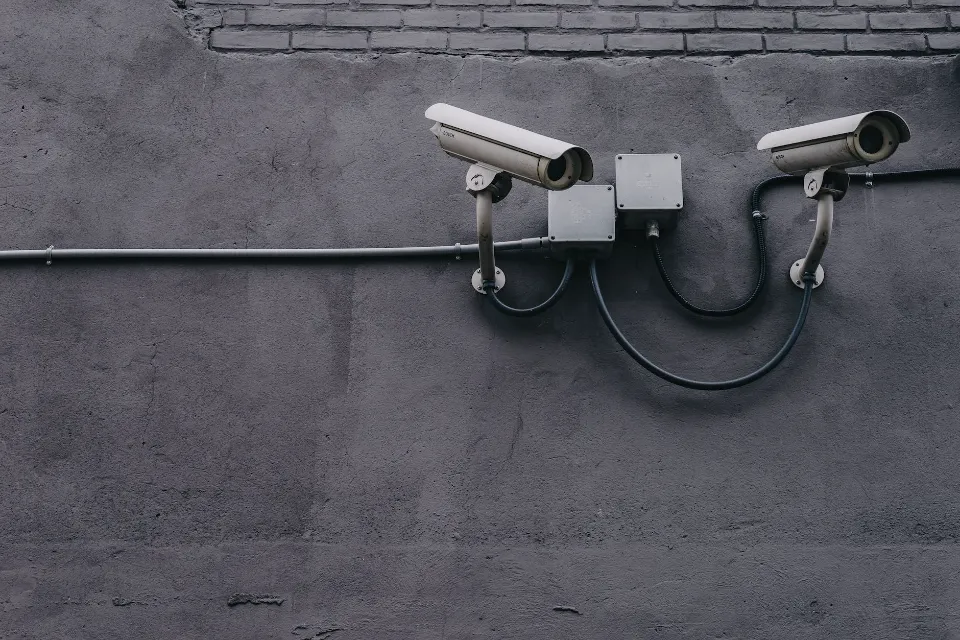
Are Private Schools Safer Than Public Schools? Compared!
What you should know about private and public school safety is covered in this article.
An increase in school violence has brought school safety plans into sharp focus. Private schools also face difficulties in ensuring that students are safe in the event of a disaster, shooting, or other violent incident taking place on school property, despite the fact that public schools have received the majority of the attention.
Public and private schools both follow the same safety guidelines, but private schools do have some advantages. Let’s find out.
Are Private Schools Safer Than Public Schools?
Both public and private schools are utterly dedicated to offering secure spaces for learning and for teachers to invest in the lives of their students. They have all invested countless hours in safety measures that support harmony and peace.
But regrettably, maintaining the desired level of safety can be challenging. Private schools are statistically safer than private schools, it is nonetheless significant to note.
You Might Also Like:
- Why Are Private Schools So Expensive?
- Effective Strategies to Increase Enrollment in Private Schools
- Private School Vs Charter School
Key Statistics Regarding School Safety
Some key statistics to contemplate include:
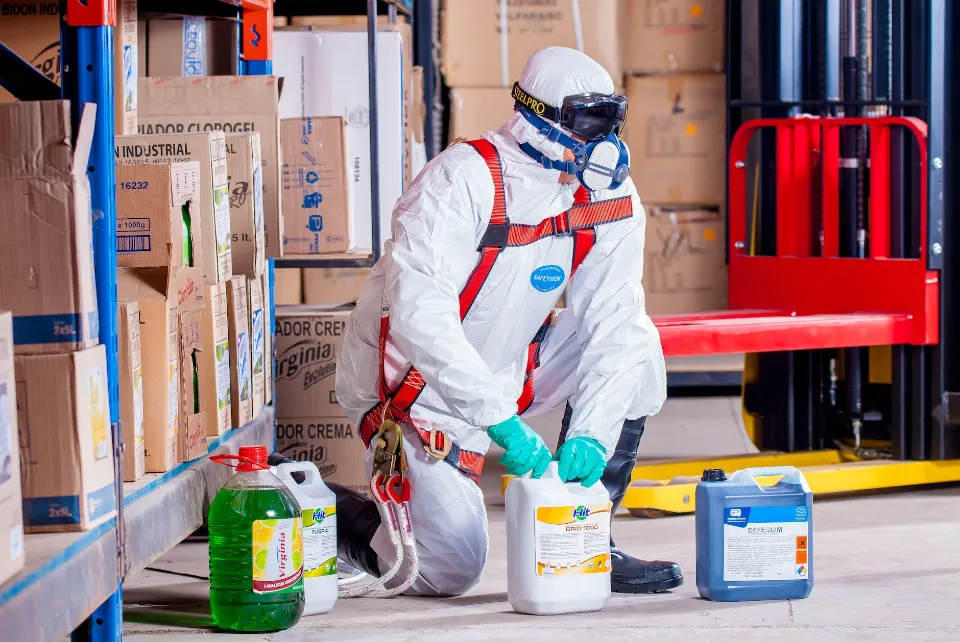
Instances of violence
- Fortunately, it is statistically unlikely that an active shooter situation will occur at any one school. In the past 20 years, only 0.001% of schools have encountered this issue. Naturally, one is already too many.
- 94% of active shooter situations since 2000 have taken place at public institutions.
- 20% of public school students say there are gangs on campus. 2% of private school students report the presence of gangs.
Instances of Bullying
- Percentage of students who report being bullied: 28% Public, 21% Private
- Percentage of students who report being made fun of 18% Public, 14% Private
- Percentage of students who report being the subject of rumors: 19% Public, 13% Private
- Percentage of students who report being pushed, shoved, tripped, or spit upon: 8% Public, 5% Private
Trouble for Teachers
- 10% of teachers have been threatened, and 6% have been harmed by students.
- 3% of private schoolteachers report threats or physical violence.
- More than 40% of public school teachers say that they are dealing with instances of behavior problems that interfere with teaching. Only 22% of private school teachers report the same, however.
Why Are Private Schools Safer?
There is not one single answer to why private schools are safer than public institutions; however, there are several contributing factors:
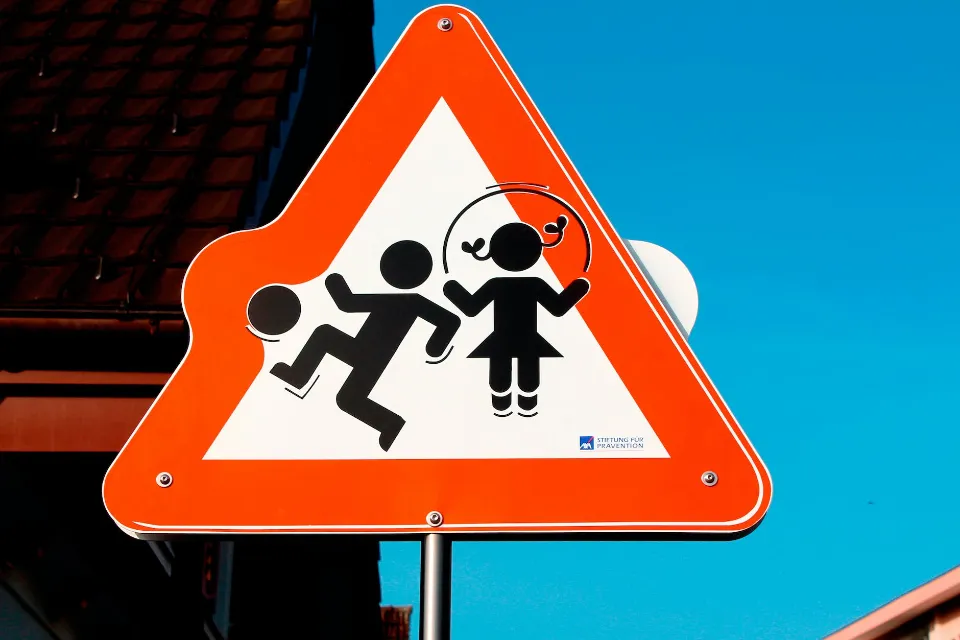
- Smaller class sizes: There may be 30 or more students in a public school classroom, while St. Only 20 students attend Paul Lutheran School. This gives teachers more chances to get to know their students, spot their problems, and direct them toward Christian solutions.
- A safer place for discussion: Private schools offer more individualized attention, making them safer environments for students to express their opinions and ask questions.
- Small student bodies: Since private schools frequently have fewer students overall, school counselors and administrators also have more opportunities to mentor students.
- Biblical worldview: Students are instructed to view the world through a biblical, Christ-like lens at private Christian schools. Their fellow students and teachers are established as beings made in God’s image thanks to this. They come to value people the way that Jesus does.
- The presence of the gospel: The gospel shows how much Jesus loves every student, which can help every child recognize their own worth and develop a positive sense of self.
- Emphasis on Christ’s teaching: Jesus commanded his followers to show mercy to those who persecute them and to love their enemies. Private schools are free to talk about and emphasize the value of Jesus’ teachings and to use the Bible as both a textbook for academic study and a manual for daily living.
How Do Private School Safety Plans Differ from Public?
According to Myra McGovern, a spokeswoman for the National Association of Independent Schools, differences in school safety plans depend less on whether the institution is public or private and more on how many students and faculty members there are as well as the type of facility they are housed in.
However, she claims that there are some distinctions between public and private schools in terms of school safety.
“There are some hurdles public schools have when implementing safety measures, such as having to deal with multiple layers of bureaucracy to get funding, that independent schools are less likely to deal with,” she says.
“Independent schools must deal with a number of challenges that public schools might find less challenging, such as managing security details for foreign-born children of well-known politicians.”
McGovern also noted that private boarding schools have additional challenges because “they need to factor in keeping students and faculty safe where they live as well as where they go to school.”
For instance, she mentioned how a boarding school in California had to evacuate and find alternative housing for all of its students as well as dozens of horses from its equestrian program, all the while finding a safe place to continue classes.
Even though recent school shootings have dominated the national conversation about school safety, having plans in place for natural disasters is also crucial. The Federal Emergency Management Agency provides risk assessment tools and guidelines for schools to use when making plans.
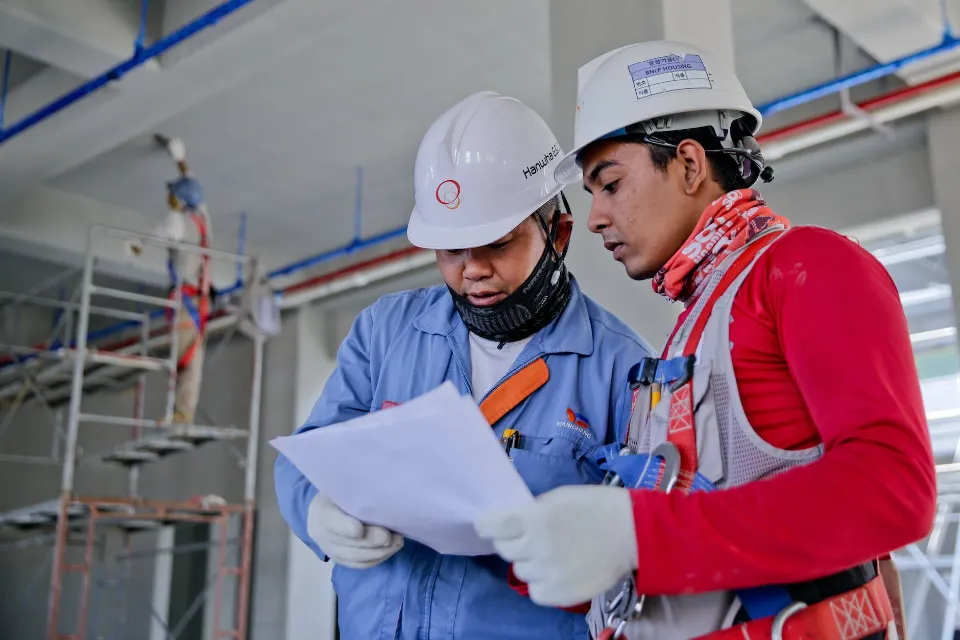
Best Practices to Prevent School Violence
The NTAC guide, called Enhancing School Safety Using a Threat Assessment Model, was updated in 2018 and says it is intended to help schools, “identify students of concern, assess their risk for engaging in violence or other harmful activities, and identify intervention strategies to manage that risk.”
The guide includes best practices for schools of all types:
- Form a threat assessment team with members from the faculty, staff, administration, coaches, and other stakeholders.
- Specify the actions that should prompt action, such as threats, violence, or the use of weapons on campus.
- Create a system that will allow teachers, parents, students, and others to report worries about potential threats anonymously. “Ensure that it … is monitored by personnel who will follow up on all reports,” the guide says.
- Establish a cutoff point at which law enforcement assistance should be requested.
- Establish threat assessment processes that will direct an investigation into a threat’s seriousness. This entails determining whether a student has disclosed his or her plans, has access to weapons, has studied attack strategies or tactics, and whether any emotional elements or motivations may be pertinent.
- Create risk management options that schools can use after a threat assessment is finished.
- Encourage the creation of a safe school environment where disputes between students can be resolved amicably and where students feel empowered to voice their concerns.
- Train all members of the school staff, as well as the students, parents, and law enforcement.
Conclusion: Are Private Schools Safer Than Public Schools?
In general, whether it is a private or public school, it is a secure environment for your child. Problems like physical altercations, robberies, drug abuse, possession of illegal weapons, and bullying are much less likely to be reported in private schools.
Even though the evidence suggests that it occurs less frequently than in public school settings, there is still a risk of violence in private schools.

